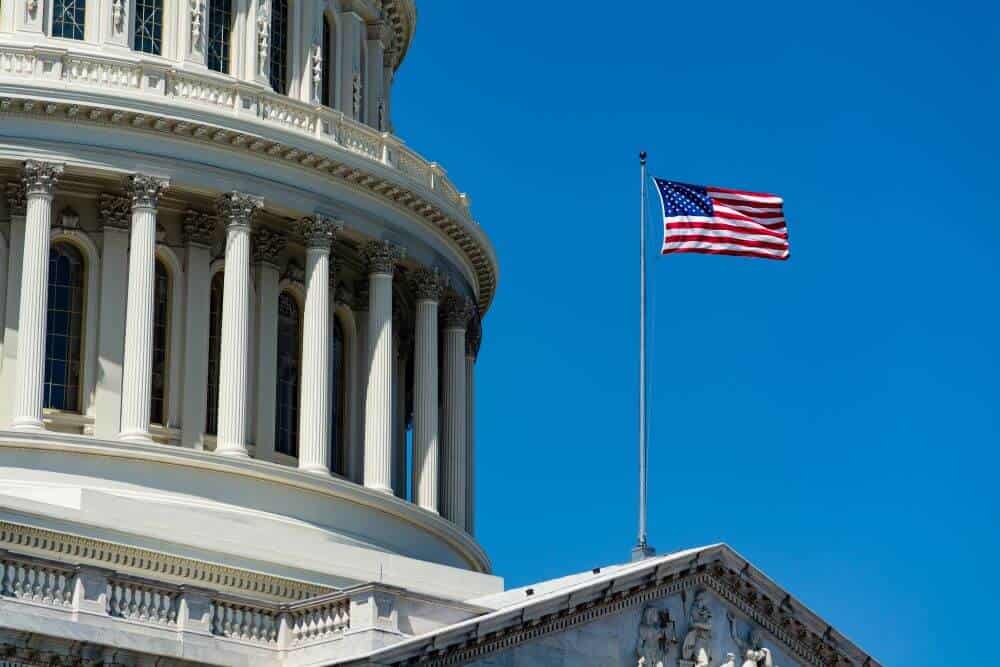January 5, 2023
SECURE Act 2.0 Retirement Plan Changes
The golden years are a time when the days of the daily grind of the working world are left behind and a new chapter begins. It often means spending more time pursuing hobbies, time with family, or traveling. As lovely as it sounds, this reality may simply be out of reach for many. Most workers do not have enough saved to be able to support themselves, even when coupled with anticipated Social Security payments. According to the U.S. Bureau of Labor and Statistics, only 55% of workers participate in an employer-sponsored retirement plan. This alarming statistic prompted Congress to take action resulting in the passage of the SECURE Act in 2019. The legislation made it easier to save, expanded plan eligibility to part-time employees, and more.
While these changes have been beneficial, many in Congress wanted to make additional reforms. After months of debate, the SECURE Act 2.0 (the Act) was signed into law by President Biden on December 29th, 2022. Included as part of the Consolidated Appropriations Act of 2023, and has several changes such as an increase in the RMD age, catch-up contribution amounts, mandatory automatic enrollment, and expanded distribution rules. To help clients, prospects, and others, Wilson Lewis has provided a summary of key details below.
Key SECURE Act 2.0 Changes
- Updated RMD Rules – There was an increase to the age at which participants must begin taking Required Minimum Distributions (RMDs). Starting on January 1, 2023, the age at which RMDs must be taken is increased to 73 and is again increased to age 75 starting in 2033. There was also a reduction in the tax penalty for failure to take RMDs from 50% to 25%. This is an important change because it acknowledges the reality many are working longer and need the opportunity to continue saving.
- Required Automatic Enrollment – The Act mandates that any newly created 401(k) or 403(b) plans include automatic enrollment as soon as an employee is eligible for participation. The elective contribution rate must be at least 3% but not exceed 10% and must escalate every year by 1% until a maximum of 15% is reached. Employees may elect to opt out of the retirement plan at any time. It is important to note that certain plans that are exempted from participation include governmental plans, church plans, and small employers with less than 10 employees. This provision goes into effect starting in 2025.
- Emergency Withdrawals – There will soon be the opportunity to make emergency withdrawals of up to $1,000 per year without paying the 10% early withdrawal tax. The money must be repaid within three years and another emergency withdrawal may not be taken until the initial amount is repaid. This provision is effective for distributions taken starting in 2024.
- Student Loan Repayment – Starting in 2024, eligible participants can have qualified student loan payments treated as elective deferrals for purposes of matching contributions. This change will allow employees to pay off student loans while receiving an employer contribution.
- Part-Time Worker Eligibility – The Act builds upon previous changes permitting expanded access to an employer-sponsored retirement plan for part-time employees. The change permits those who have completed two years of employment with at least 500 hours worked to participate. Under previous rules, the minimum duration was three years. This provision is effective starting in 2025.
- Participation Incentives – To encourage plan participation, employers are now able to offer de minimis financial incentives. This can include items such as low-dollar gift cards. It is important to note that incentives cannot be funded by plan assets. This provision is effective immediately.
- Lost and Found Database – The Act also calls for the creation of an online “lost and found” searchable database to be created. It will be an invaluable tool to help participants and beneficiaries locate retirement plan benefits. The database is required to be established within two years of the legislation’s enactment date.
Contact Us
The changes outlined in the SECURE Act 2.0 make additional changes designed to permit increased access to plan participation and benefits. Although some of the provisions are not effective until 2024, it is essential to understand how they will impact your retirement savings plan. If you have questions about the information outlined above or need assistance with a tax or accounting issue, Wilson Lewis can help. For additional information call 770-476-1004 or click here to contact us. We look forward to speaking with you soon.

